Project Management > Presentation > Project Management Structure (All)
Project Management Structure
Document Content and Description Below
Project Management StructureProject Management Structures • Challenges to Organizing Projects –The uniqueness and short duration of projects relative to ongoing longer-term organizational activ... ities –The multi disciplinary and cross-functional nature of projects creates authority and responsibility dilemmas. • Choosing an Appropriate Project Management Structure –The best system balances the needs of the project with the needs of the organization.Project Management Structures • Organizing Projects: Functional organization –Different segments of the project are delegated to respective functional units. –Coordination is maintained through normal management channels. –Used when the interest of one functional area dominates the project or one functional area has a dominant interest in the project’s success.Functional OrganizationsFunctional Organization of Projects •Advantages 1. No Structural Change 2. Flexibility 3. In-Depth Expertise 4. Easy Post-Project Transition •Disadvantages 1. Lack of Focus 2. Poor Integration 3. Slow 4. Lack of OwnershipProject Management Structures (cont’d) • Organizing Projects: Dedicated Teams –Teams operate as separate units under the leadership of a full-time project manager. –In a projectized organization where projects are the dominant form of business, functional departments are responsible for providing support for its teams.Dedicated Project TeamProject Organization: Dedicated Team •Advantages 1. Simple 2. Fast 3. Cohesive 4. Cross-Functional Integration •Disadvantages 1. Expensive 2. Internal Strife 3. Limited Technological Expertise 4. Difficult Post-Project TransitionProjectized Organizational StructureProject Management Structures (cont’d) • Organizing Projects: Matrix Structure –Hybrid organizational structure (matrix) is overlaid on the normal functional structure. • Two chains of command (functional and project) • Project participants report simultaneously to both functional and project managers. –Matrix structure optimizes the use of resources. • Allows for participation on multiple projects while performing normal functional duties. • Achieves a greater integration of expertise and project requirements.Matrix Organization StructureDivision of Project Manager and Functional Manager Responsibilities in a Matrix Structure Project Manager What has to be done? Negotiated Issues Who will do the task? Functional Manager How will it be done? When should the task bedone? Where will the task be done? How much money is available to do the task? Why will the task be done? How will the project involvement impact normal functional activities? How well has the total project Is the task satisfactorily How well has the functional been done? completed? input been integrated?Different Matrix Forms • Weak Form –The authority of the functional manager predominates and the project manager has indirect authority. • Balanced Form –The project manager sets the overall plan and the functional manager determines how work to be done. • Strong Form –The project manager has broader control and functional departments act as subcontractors to the project.Project Organization: Matrix Form • Advantages 1. Efficient 2. Strong Project Focus 3. Easier Post-Project Transition 4. Flexible •Disadvantages 1. Dysfunctional Conflict 2. Infighting 3. Stressful 4. SlowChoosing the Appropriate Project Management Structure • Organization (Form) Considerations –How important is the project to the firm’s success? –What percentage of core work involves projects? –What level of resources (human and physical) are available?Choosing the Appropriate Project Management Structure (cont’d) • Project Considerations –Size of project –Strategic importance –Novelty and need for innovation –Need for integration (number of departments involved) –Environmental complexity (number of external interfaces) –Budget and time constraints –Stability of resource requirementsOrganizational Culture • Organizational Culture Defined –A system of shared norms, beliefs, values, and assumptions which bind people together, thereby creating shared meanings. –The ―personality‖ of the organization that sets it apart from other organizations. • Provides a sense of identify to its members. • Helps legitimize the management system of the organization. • Clarifies and reinforces standards of behavior.Identifying Cultural Characteristics • Study the physical characteristics of an organization. • Read about the organization. • Observe how people interact within the organization. • Interpret stories and folklore surrounding the organization.Implications of Organizational Culture for Organizing Projects • Challenges for Project Managers in Navigating Organizational Cultures –Interacting with the culture and subcultures of the parent organization –Interacting with the project’s clients or customer organizations –Interacting with other organizations connected to the projectProject Management Structures (cont’d) • Organizing Projects: Network Organizations –An alliance of several organizations for the purpose of creating products or services. • A “hub” or “core” firm with strong core competencies outsources key activities to a collaborative cluster of satellite organizations.Project Organization: Network Form • Advantages –Cost Reduction –High Level of Expertise –Flexible • Disadvantages –Coordination of Breakdowns –Loss of Control –ConflictProject Leader and ManagerManaging versus Leading a Project • Managing—coping with complexity – Formulate plans and objectives – Monitor results – Take corrective action – Expedite activities – Solve technical problems – Serve as peacemaker – Make tradeoffs among time, costs, and project scope • Leading—coping with change – Recognize the need to change to keep the project on track – Initiate change – Provide direction and motivation – Innovate and adapt as necessary – Integrate assigned resourcesManaging Project Stakeholders • Project Management Maxims: –You can’t do it all and get it all done • Projects usually involve a vast web of relationships. –Hands-on work is not the same as leading. • More pressure and more involvement can reduce your effectiveness as a leader. –What’s important to you likely isn’t as important to someone else • Different groups have different stakes (responsibilities, agendas, and priorities) in the outcome of a project. –Remember: project management is tough, exciting, and rewarding—endeavor to persevere.Network of StakeholdersInfluence as Exchange • The Law of Reciprocity –One good deed deserves another, and likewise, one bad deed deserves another. • Quid pro Quo –Mutual exchanges of resources and services (―back-scratching‖) build relationships. • Influence ―Currencies‖ (Cohen and Bradford) –Cooperative relationships are built on the exchange of organizational ―currencies‖ (favors).Social Network Building • Mapping Dependencies –Project team perspective: • Whose cooperation will we need? • Whose agreement or approval will we need? • Whose opposition would keep us from accomplishing the project? –Stakeholders’ perspective: • What differences exist between the team and those on whom the team will depend? • How do the stakeholders view the project? • What is the status of our relationships with the stakeholders? • What sources of influence does the team have relative to the stakeholders?Management by Wandering Around • Management by Wandering Around (MBWA) –Involves managers spending the majority of their time in face-to-face interactions with employees building cooperative relationships. • Characteristics of Effective Project Managers –Initiate contact with key players. –Anticipate potential problems. –Provide encouragement. –Reinforce the objectives and vision of the project. –Intervene to resolve conflicts and prevent stalemates.Managing Upward Relations • Project Success = Top Management Support –Appropriate budgets –Responsiveness to unexpected needs –A clear signal to the organization of the importance of cooperation • Motivating the Project Team –Influence top management in favor of the team: • Rescind unreasonable demands • Provide additional resources • Recognize the accomplishments of team membersThe Significance of a Project SponsorLeading by ExampleEthics and Project Management • Ethical Dilemmas –Situations where it is difficult to determine whether conduct is right or wrong: • Padding of cost and time estimations • Exaggerating pay-offs of project proposals • Falsely assuring customers that everything is on track • Being pressured to alter status reports • Falsifying cost accounts • Compromising safety standards to accelerate progress • Approving shoddy work –Code of conduct • Professional standards and personal integrityContradictions of Project Management • Innovate and maintain stability. • See the big picture while getting your hands dirty. • Encourage individuals but stress the team. • Hands-off/Hands-on. • Flexible but firm. • Team versus organizational loyalties.Qualities of an Effective Project Manager 1. Systems thinker 2. Personal integrity 3. Proactive 4. High emotional intelligence (EQ). 5. General business perspective 6. Effective time management 7. Skillful politician 8. OptimistSuggestions for Project Managers • Build relationships before you need them. • Trust is sustained through frequent face-to-face contact. • Realize that ―what goes around comes around.‖Copyright 2012, SAGE Publications, Inc. Thank You [Show More]
Last updated: 11 months ago
Preview 1 out of 36 pages
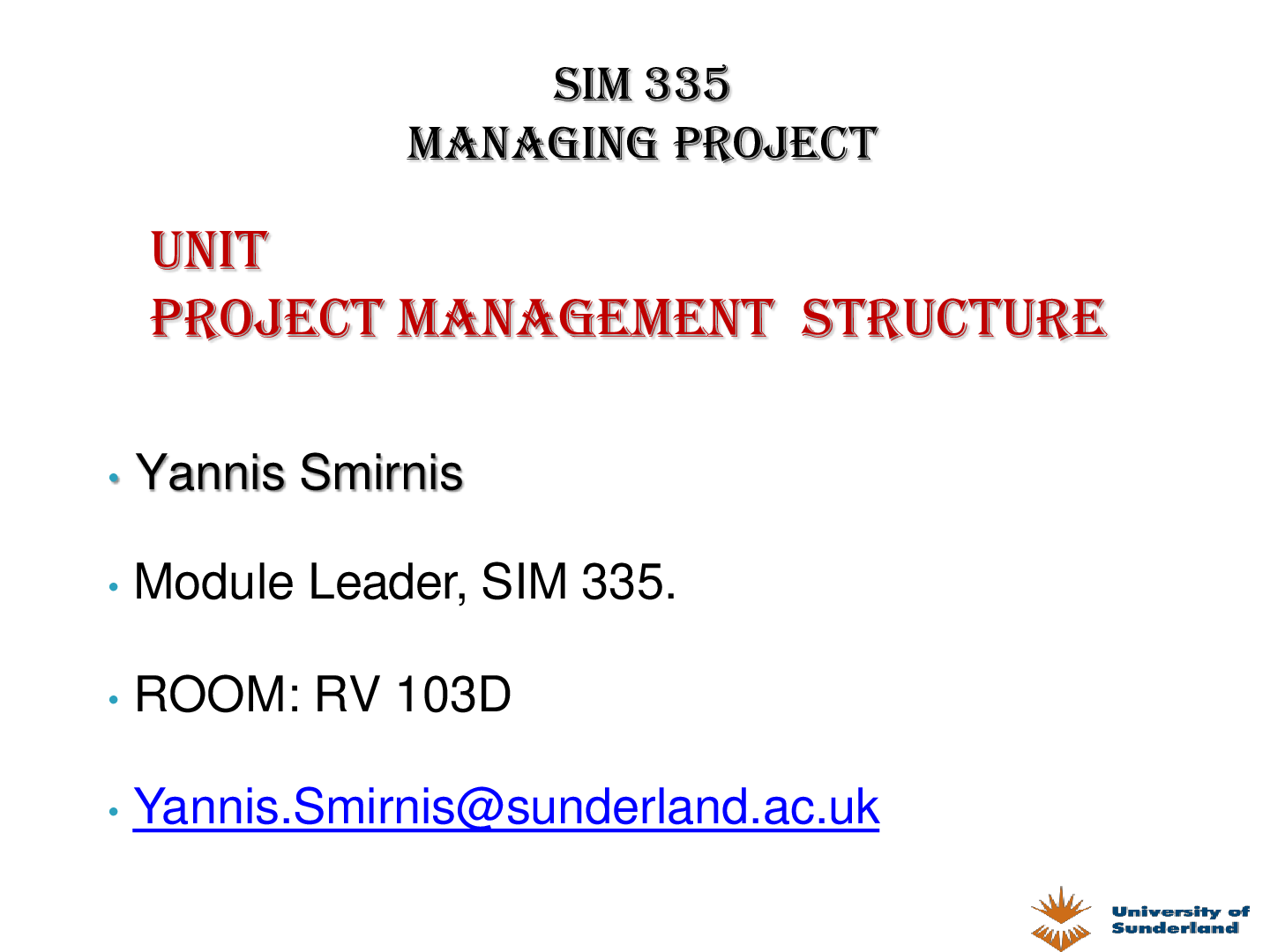
Reviews( 0 )
Document information
Connected school, study & course
About the document
Uploaded On
Dec 18, 2019
Number of pages
36
Written in
Additional information
This document has been written for:
Uploaded
Dec 18, 2019
Downloads
1
Views
92

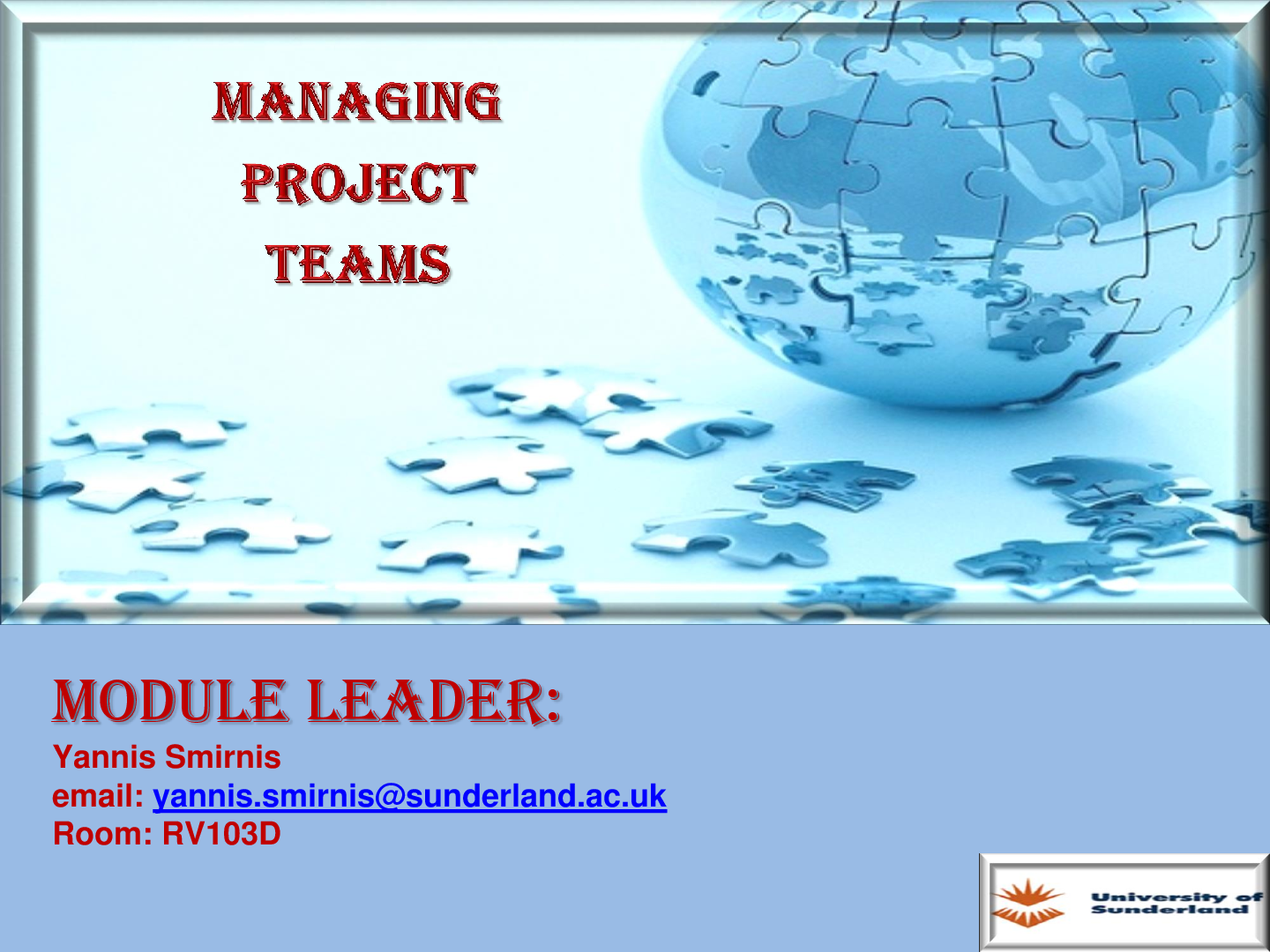

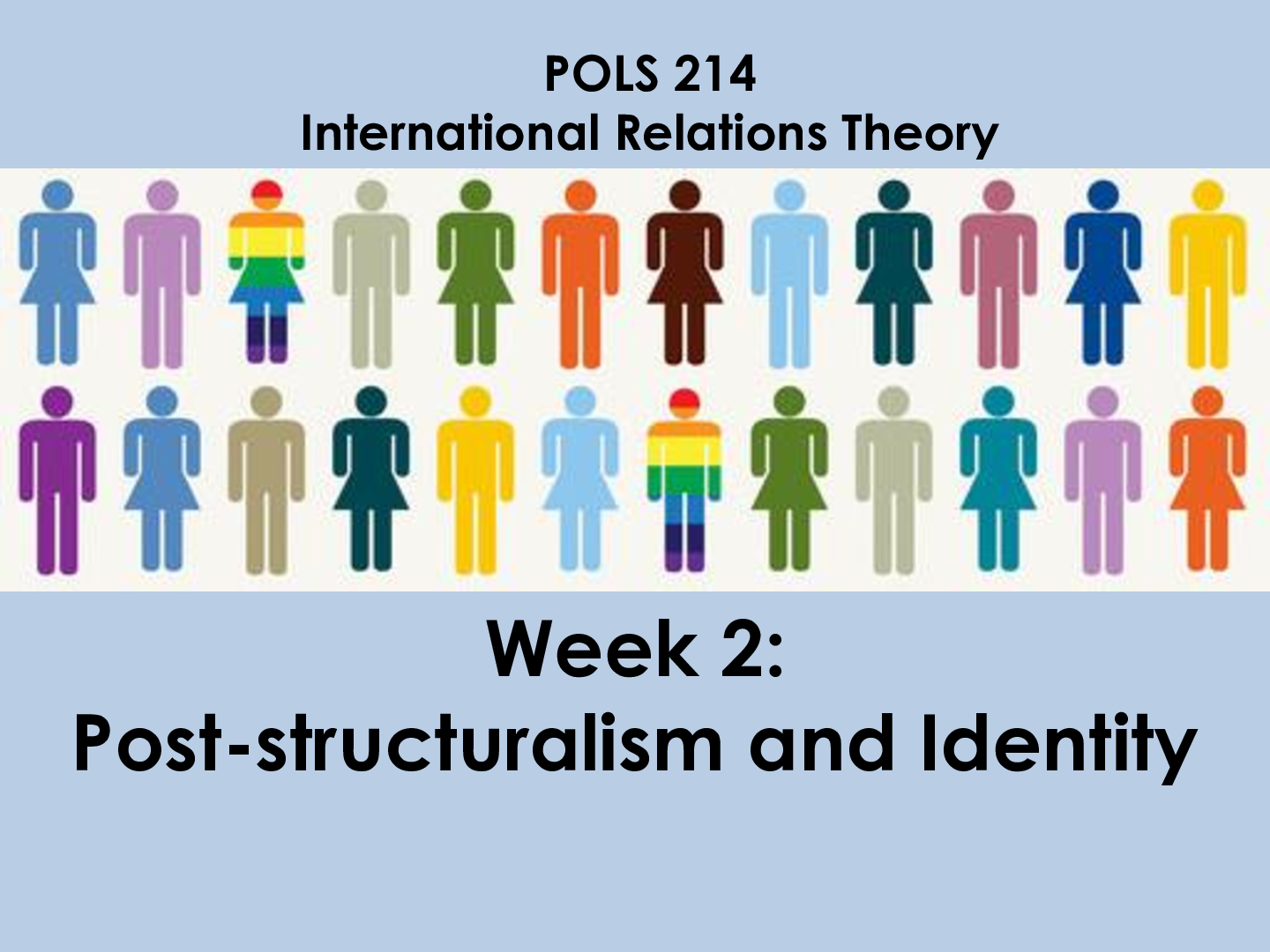

.png)

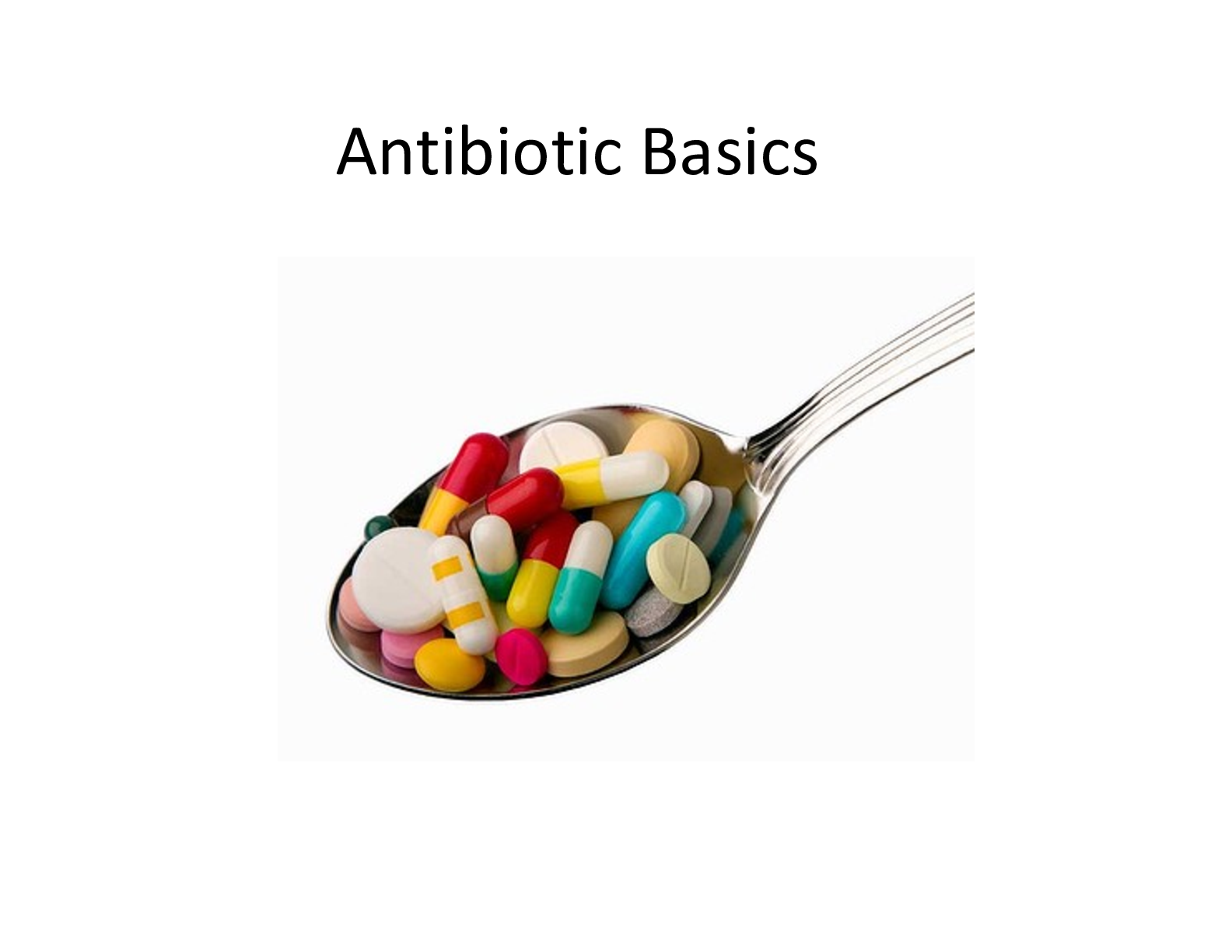

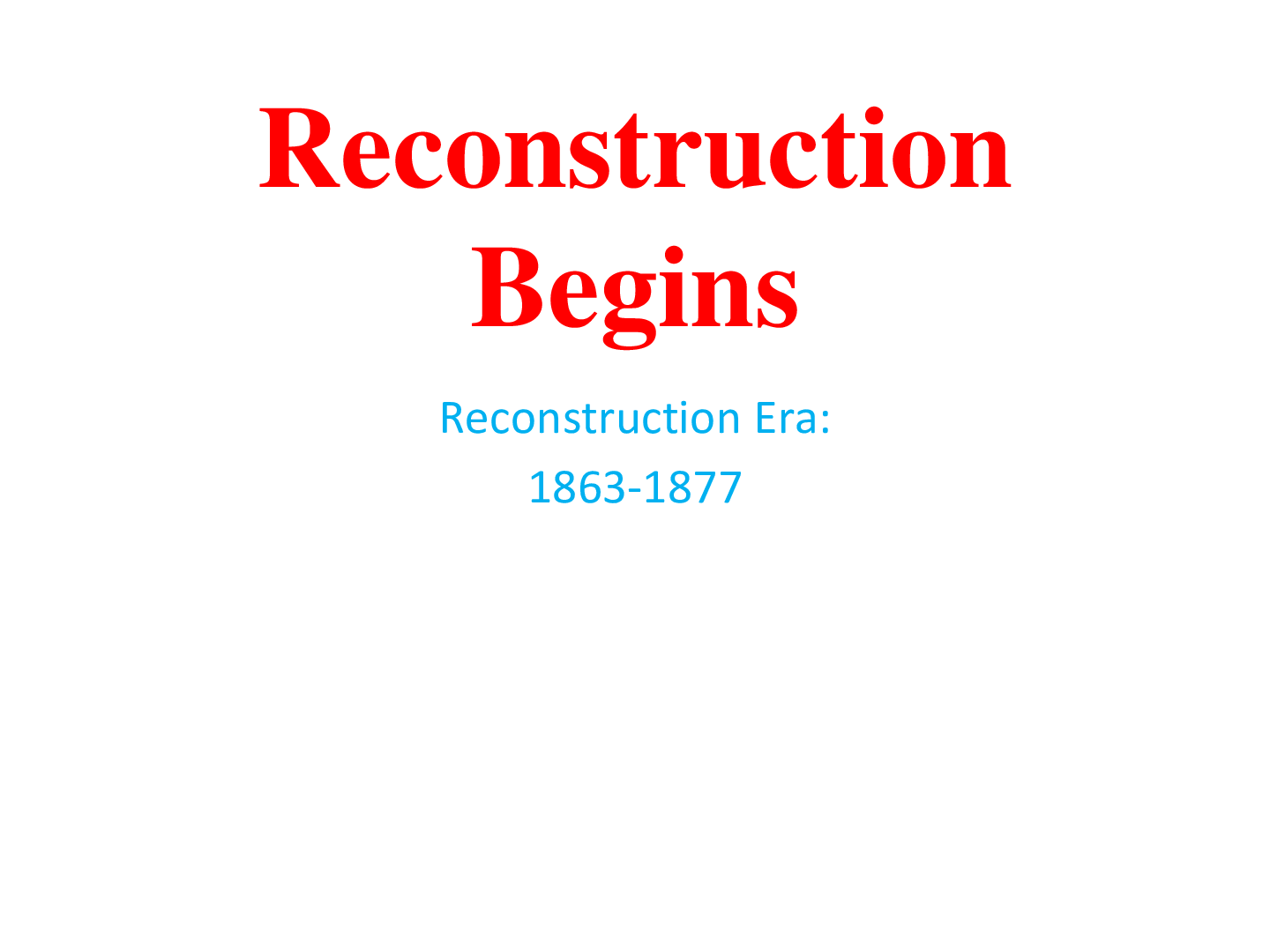














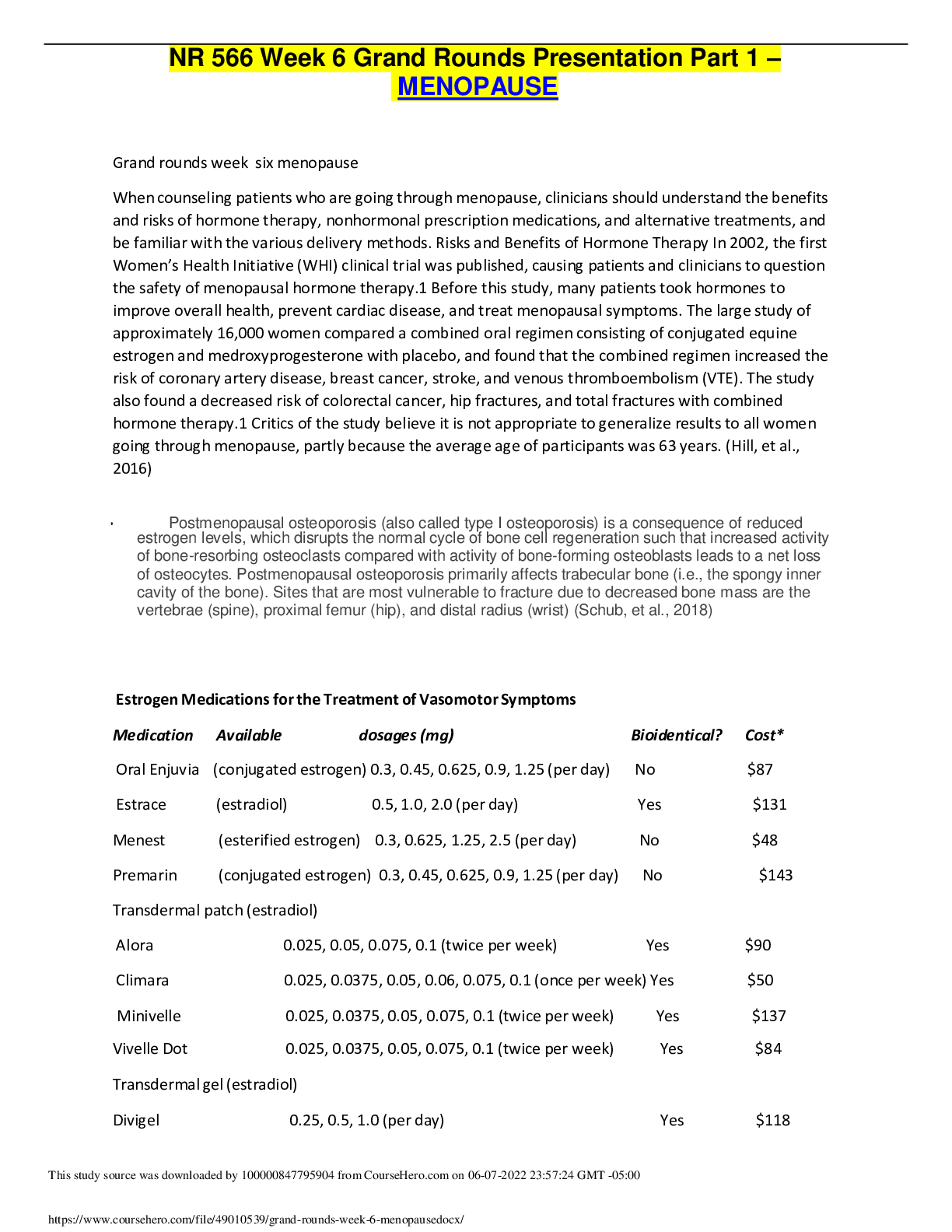


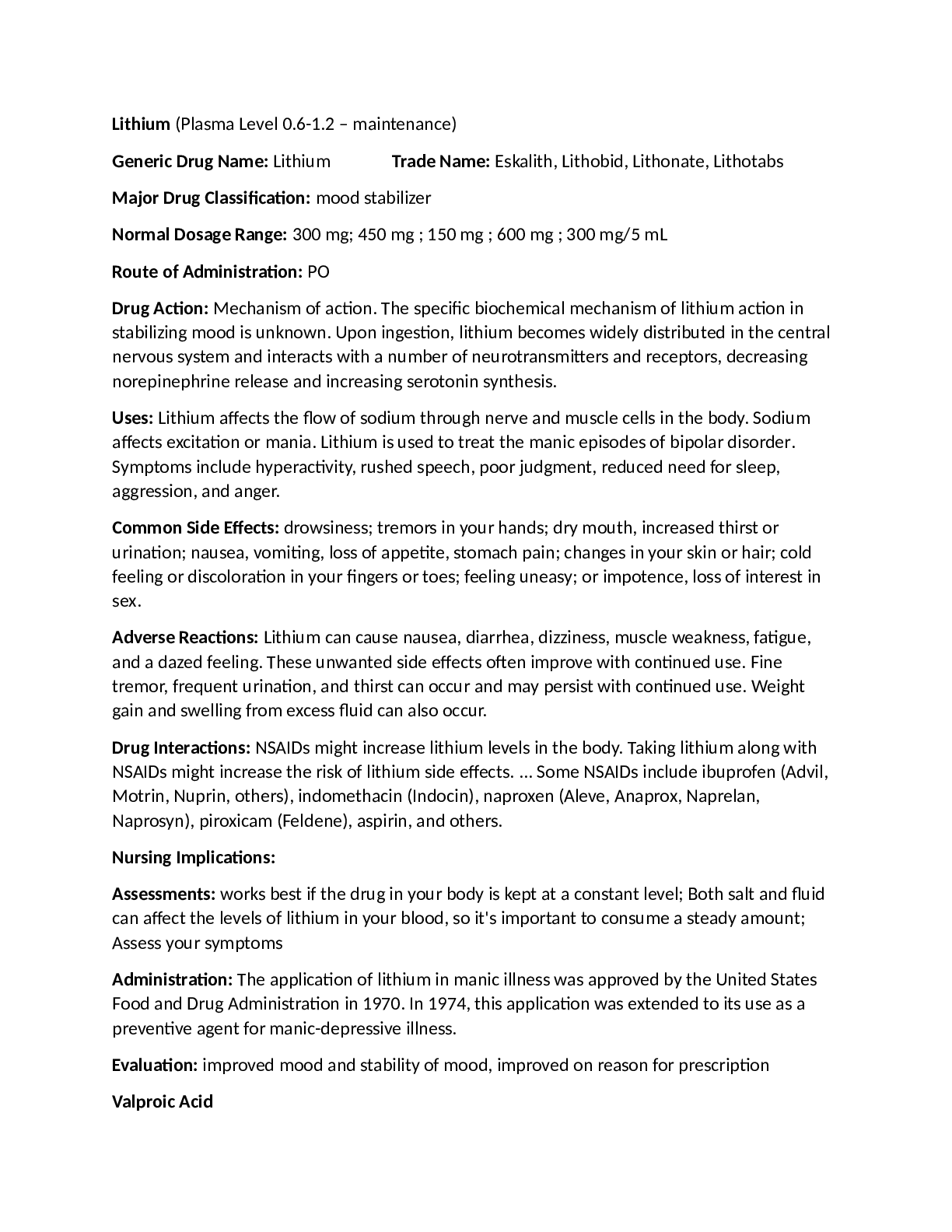
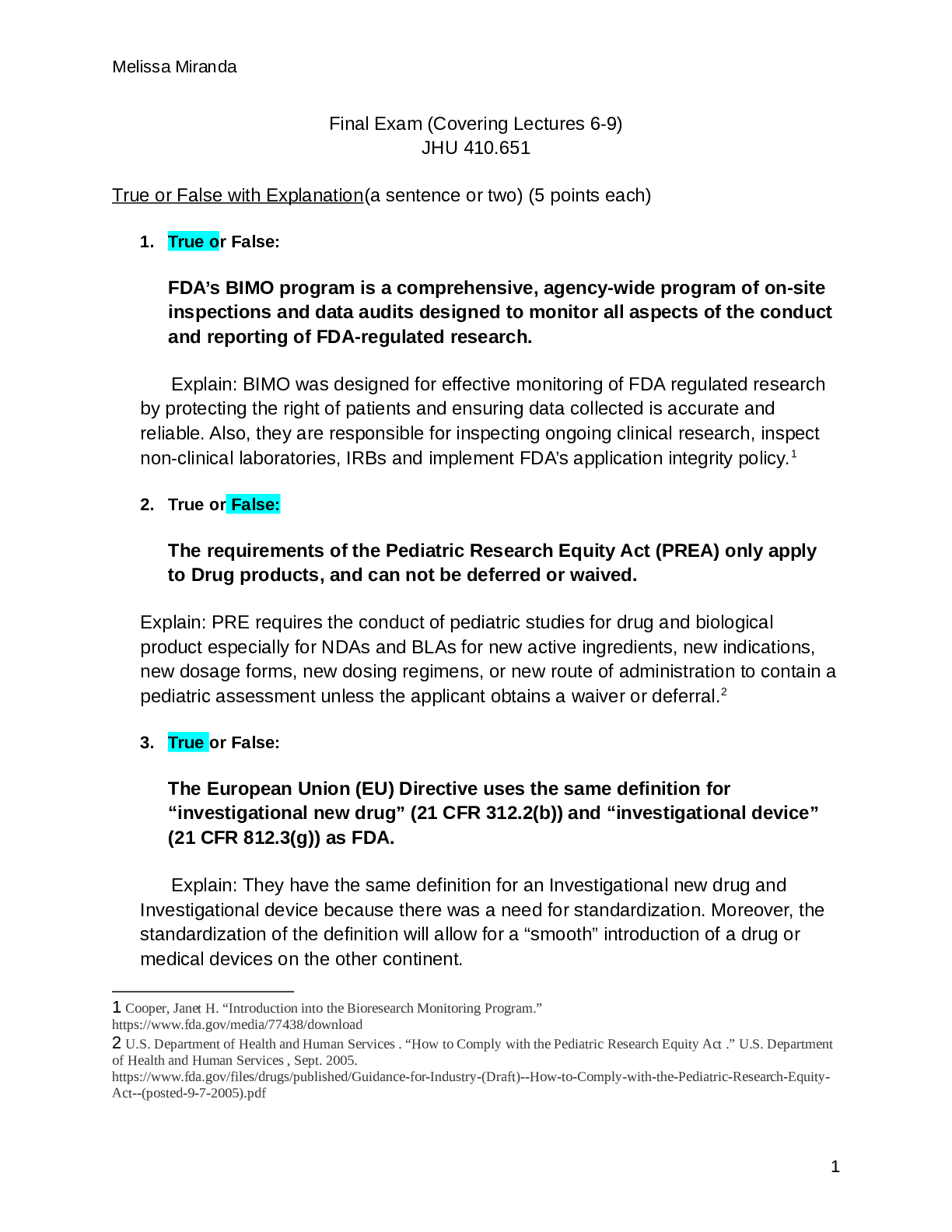
.png)
 (1).png)


